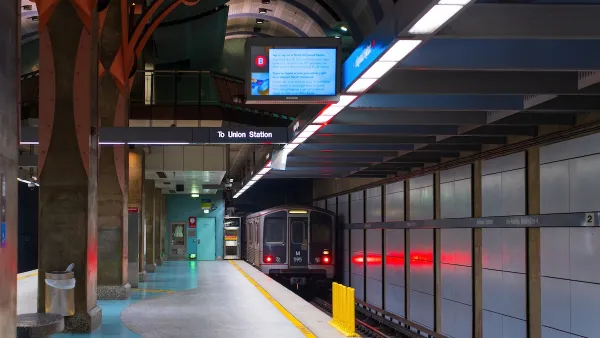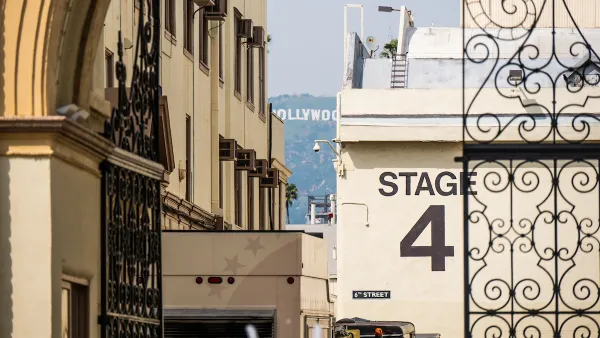A new book pulls back the glitz of Los Angeles and uncovers the complex infrastructure of the region.
"Usually when we talk about how Los Angeles is organized we're talking about the city as an idea, or a string of ideas: about its myths, stereotypes and competing, long-running narratives of civic salesmanship and soured dreams, about utopia one minute and Paradise Lost the next. "The Infrastructural City," co-published by the L.A. Forum on Architecture and Design, offers something else: A doggedly detailed guide to Los Angeles as a physical thing.
It's not a bad angle: If we measure infrastructure broadly, as the book makes a point of doing, Los Angeles qualifies as a place not just dependent on but fully defined by it. "After all," Varnelis asks, referring to William Mulholland, "what other city would name its most romantic road after a water-services engineer?"
Thanks to Mulholland (among others), Los Angeles has drained the Owens Valley to keep our lawns green and gardens in flower. We've wrapped the L.A. River in concrete to prevent it from flooding, strung together a huge, elaborate necklace of freeways and dug a 50-foot-wide, 10-mile-long trench -- the Alameda Corridor -- running north from the port at Long Beach to smooth the transfer of consumer goods from ship to rail to highway to warehouse to retail shelf."
FULL STORY: What's the future of 'The Infrastructural City' of L.A.

Maui's Vacation Rental Debate Turns Ugly
Verbal attacks, misinformation campaigns and fistfights plague a high-stakes debate to convert thousands of vacation rentals into long-term housing.

Planetizen Federal Action Tracker
A weekly monitor of how Trump’s orders and actions are impacting planners and planning in America.

In Urban Planning, AI Prompting Could be the New Design Thinking
Creativity has long been key to great urban design. What if we see AI as our new creative partner?

King County Supportive Housing Program Offers Hope for Unhoused Residents
The county is taking a ‘Housing First’ approach that prioritizes getting people into housing, then offering wraparound supportive services.

Researchers Use AI to Get Clearer Picture of US Housing
Analysts are using artificial intelligence to supercharge their research by allowing them to comb through data faster. Though these AI tools can be error prone, they save time and housing researchers are optimistic about the future.

Making Shared Micromobility More Inclusive
Cities and shared mobility system operators can do more to include people with disabilities in planning and operations, per a new report.
Urban Design for Planners 1: Software Tools
This six-course series explores essential urban design concepts using open source software and equips planners with the tools they need to participate fully in the urban design process.
Planning for Universal Design
Learn the tools for implementing Universal Design in planning regulations.
planning NEXT
Appalachian Highlands Housing Partners
Mpact (founded as Rail~Volution)
City of Camden Redevelopment Agency
City of Astoria
City of Portland
City of Laramie





























